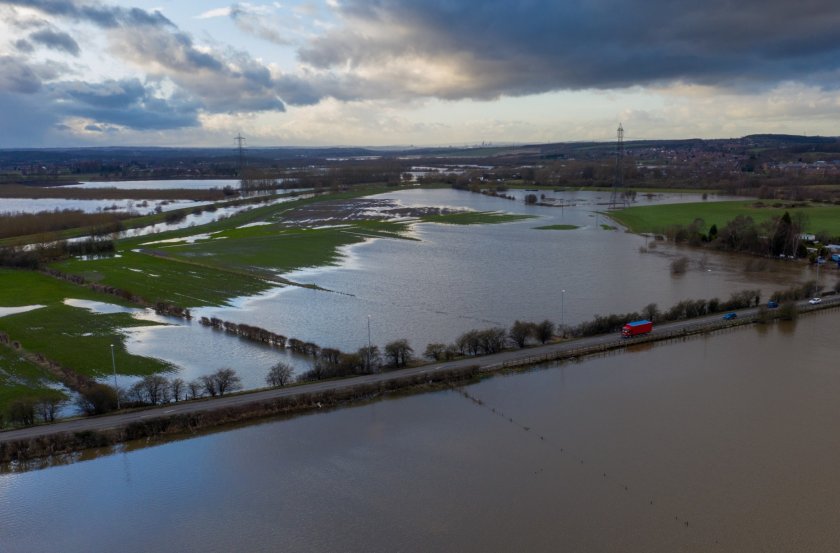
Predicting where future flooding and droughts will strike next in the UK will be made easier thanks to a new £40m network focused on extreme weather.
The Floods and Droughts Research Infrastructure will help key bodies, such as farming groups and the Environment Agency, to stem adverse weather.
It is set to become the first UK-wide network which will be able to pinpoint where weather incidents are likely to occur next, as well as planning to limit their impact.
Led by the Natural Environment Research Council (NERC) and the UK Centre for Ecology & Hydrology (UKCEH), it is being backed by £40 million of government funding.
The complexity of climate makes forecasting floods and droughts a major challenge, with climate change only further complicating the picture.
Floods wreak havoc on communities across the UK by destroying farming businesses, homes and public infrastructure, which in turn costs consumers.
The number of flood warnings on England’s best farmland during the 2023-2024 winter hit a record high of over 1,000, exceeding the previous record by a fifth.
Similarly, droughts have a major impact on British agriculture, as well as the country's water supply and ecosystem.
Researchers will use the latest technologies, including sensors and real time computer monitoring, to form a clearer impression of where and when extreme weather will strike.
Their findings from the project will be shared with key bodies to steer the UK response to extreme weather.
It will also act as a hub for researchers to pursue new innovations with discoveries shared across the world and marking the UK as a leader in the field.
Peter Kyle, the Science and Technology Secretary, said flooding and droughts can devastate UK communities.
"There is no time to waste in backing our researchers and innovators to ensure we are better prepared for floods and droughts striking," he said.
"This project will help drive that progress, with dedicated teams using the most advanced tech to crunch data gathered from our rivers and paint a clear picture of its likely impact."
Executive chair of NERC, Prof Louise Heathwaite, added: "Predicting location and measuring intensity and impact needs the sort of scientific advances that this programme will bring to overcome the data and analytical constraints that are currently very challenging.
"The project will transform the way we understand the impact of these events by building a significant bank of data and improving our monitoring capability, and so helping to protect those affected."
